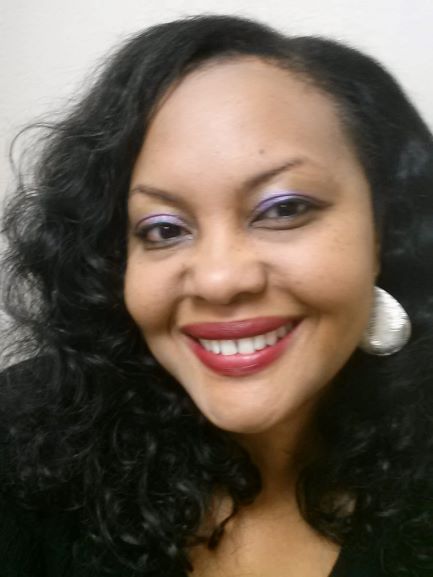What Are The Differences Between Signs, Symptoms, And Clues of Dementia?

#10signs #22clues #dementia
When you have a scratchy throat, it could be a clue that you’re catching a cold, but it could also be that you’ve been talking nonstop all day and need to hydrate yourself with water. Yet, if it progresses, you may have difficulty swallowing coupled with a burning gulp – that’s a symptom. And lastly, when the doctor does a throat culture, it may prove to be a sign of infection.
The words “signs” and “symptoms” are not interchangeable. Signs are measurable and observable. Examples of measurable signs include having a fever, high blood pressure, and elevated blood glucose levels. Examples of observable signs are rashes and bleeding. Some signs associated with Dementia are balance difficulties, disorientation concerning time and space, and loss of specific cognitive skills.
Symptoms, on the other hand, are subjective. A person with an easily observed sign of such a rash might describe the rash as somewhat itchy or perhaps as very itchy. The rash is the sign, and itchiness is the symptom.
There are widely available charts, infographics, training slides, websites, and handouts about the “10 Signs” of Alzheimer’s disease (AD) that are the focus of many explanations of Dementia. Unfortunately, for some, it’s as if AD were the only cause of Dementia, and if you don’t have one of the “10 Signs,” you likely don’t have Dementia. But that’s far from factual.
Many of the “signs” listed in these handouts are symptoms. In addition, listing only ten may shortchange those living with a different form of Dementia. Dementia is a syndrome, an umbrella under which AD exists, which includes many more causes of Dementia beyond AD. That’s why the Dementia Society prefers to think about clues to Dementia initially.
“Clues” are a combination of leading signs and early symptoms. They’re like little bits of “Hmmm, that’s interesting.” information that can generally be detected only when in close proximity and prolonged engagement with the person living with Dementia.
Medical imaging, as well as post-mortem analysis of very small pieces of brain tissue, can reveal the signs of structural brain changes linked to the various types of Dementia. Symptoms associated with Dementia include forgetfulness and personality changes. Knowing and following the signs, symptoms, and clues of Dementia can help you anticipate and plan for the challenges you will likely experience.
Progression and which clues appear first are often crucial to differentiating Alzheimer’s disease from other kinds of Dementia. People living with early-stage AD may experience gradual memory loss, increasing difficulty remembering newly learned information, and trouble completing complex tasks such as planning a family event.
Yet, personality changes such as unexpected anger, increasing difficulty in finding the right words, unsteadiness on their feet, lack of inhibitions, and even hallucinations and delusions are often associated with other conditions and diseases that may cause Dementia.
Some of the characteristics of mid-stage Dementia include the worsening of early-stage signs and symptoms as well as becoming restless, suspicious of others, and confrontational, as well as needing help with dressing and personal hygiene. At this stage, your loved one will need close supervision and assistance during the day and perhaps a Caregiver during the night.
By the time your loved one has entered late-stage Dementia, he or she may be unable to speak coherently, swallow without choking, or control their bladder or bowels. During this final stage, your loved one will need 24-hour care at home, in a Dementia care facility, or in hospice.
Early-stage Dementia, when things are relatively calm, is an excellent time to research community resources, Caregiver support, and the eventuality of full-time care —as your loved one transition from early to late-stage Dementia, knowing your options will make finding local services and assistance less stressful.
The Dementia Society of America® offers many tools to learn more about recognizing the signs, symptoms, and clues, as well as care planning. Here’s a link to watch The Dementia Action Plan®, read The Big Umbrella™, and further understand the 22 Clues™.
The opinions expressed by contributing authors are not necessarily the opinions of the Dementia Society, Inc. We do not endorse nor guarantee products, comments, suggestions, links, or other forms of the content contained within blog posts that have been provided to us with permission, paid or otherwise. Dementia Society does not provide medical advice. Please consult your doctor. www.DementiaSociety.org


























Already a Member? Login Here.
Not Yet a Member? Join the Conversation Today!